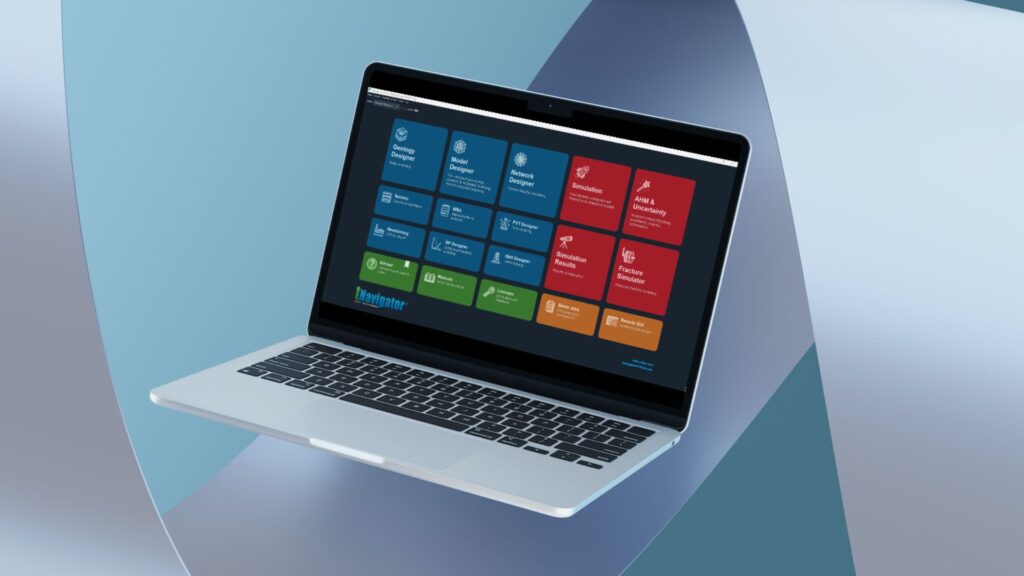Dive deep into the world of reservoir modelling in tNavigator with our upcoming webinar series!
- Tuesday 12 March: Integrated Asset Modelling for Enhanced Operational Performance
- Thursday 14 March: Using Advancements in Geomechanics for Optimised Hydraulic Fracture Modelling
- Tuesday 19 March: Breaking Barriers in Geomodelling with Transformative Static Workflows
- Thursday 21 March: Probabilistic Method for Assessing CO2 Migration Pathways
Whether you’re an experienced engineer or a beginner geologist, our expert-led sessions will cover everything from fundamental principles to advanced techniques. Gain invaluable insights into optimising resource recovery, enhancing production strategies and navigating the uncertainties of subsurface reservoirs. Don’t miss this opportunity to expand your knowledge and unlock the power of tNavigator!
Each webinar takes place at 10:00 GMT and will last around 45 minutes. There will be the chance to ask questions at the end of the presentation.
Please register here to receive the access link!
Session Details:
Tuesday 12th March | Integrated Asset Modelling for Enhanced Operational Performance
In today’s complex operational environment, the ability to integrate data, workflows, and models across multiple disciplines is essential for optimising asset performance and maximising returns. In this webinar, we outline the fundamentals of Integrated Asset Modeling (IAM) and its role in holistic asset management, exploring the key benefits and challenges associated with implementing IAM solutions. We will demonstrate how production forecasting and field development planning can be improved by integrating reservoir, well, surface facilities, and economic models in tNavigator, resulting in improved efficiency of IAM workflows and better understanding of risks.
Thursday 14th March | Using Advancements in Geomechanics for Optimised Hydraulic Fracture Modelling
Hydraulic fracture modelling often poses challenges due to the complex nature of subsurface geology and uncertainty in reservoir parameters. Variations in rock properties such as porosity, permeability, and lithology can significantly impact fracture propagation and fluid flow behaviour. tNavigator offers a range of hydraulic fracture simulation options, each customised to different levels of complexity depending on the available data. The purpose of introducing these diverse options is to provide our users with valuable insights into the various methodologies for understanding alterations in the rock caused by hydraulic fractures and their subsequent effects on reservoir performance.
Tuesday 19th March | Breaking Barriers in Geomodelling with Transformative Static Workflows
Collaboration between multiple disciplines is essential for overcoming challenges and building an accurate and reliable reservoir model. In this webinar, we offer the opportunity to enhance your understanding of geomodelling functionalities within tNavigator, and discover how our integrated architecture enables the seamless connection between domains. Each step of a typical static model build will be covered, from geological interpretation to uncertainty analysis. Our experts will guide you through the model building workflow including: 2D attribute mapping, well correlation, fault/horizon QC, structural gridding, property interpolation, volumetrics and uncertainty quantification.
Thursday 21st March | Probabilistic Method for Assessing CO2 Migration Pathways
Carbon Capture, Utilisation, and Storage (CCUS) technologies play a crucial part in decarbonisation projects. However, they present several challenges due to complex modelling techniques and the uncertainties associated with various factors. Discover how we are innovating in the CCUS compliance space by improved modelling through probabilistic assessment techniques. Leveraging multi-disciplinary uncertainty workflows and Python, together with the speed, flexibility, and integration of tNavigator, this webinar showcases cutting-edge strategies for evaluating CO2 migration pathways and geomechanical rock failure predictions beyond traditional methods, providing you with dynamic, outcome-focused solutions for meeting regulatory demands of the industry





